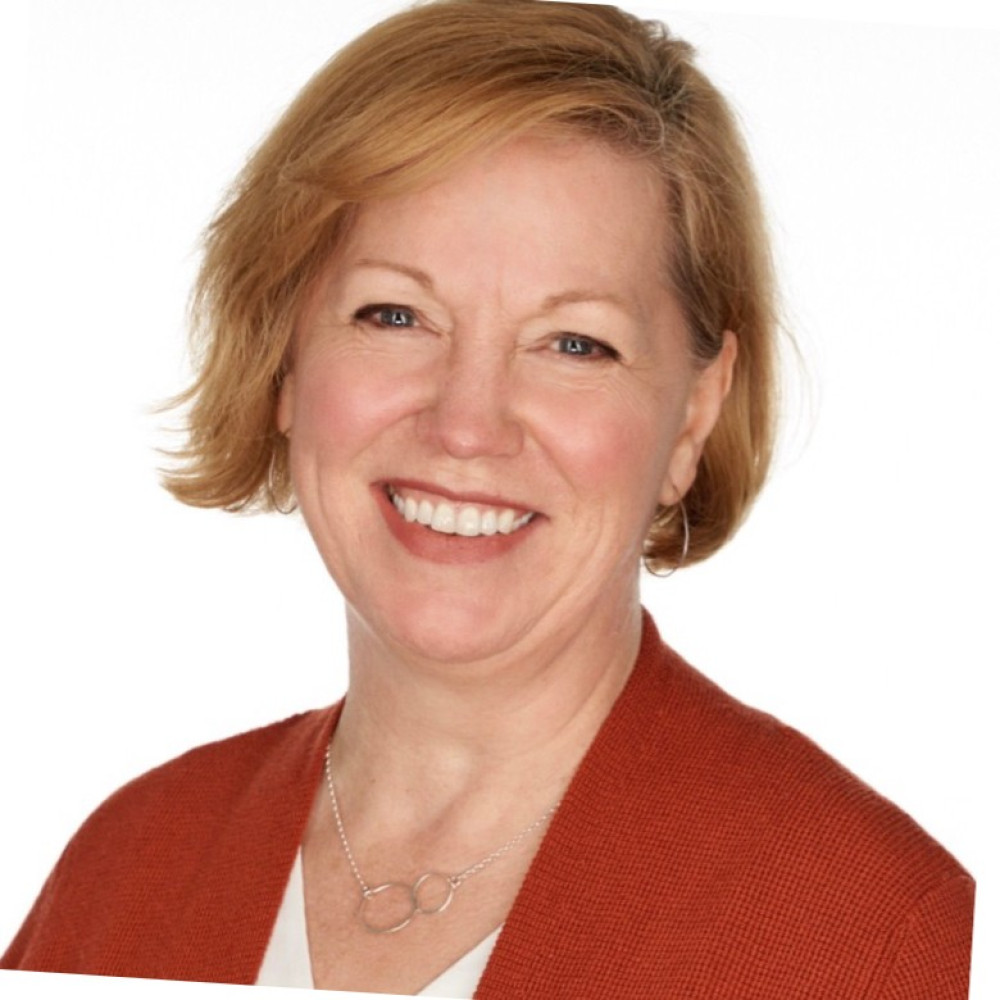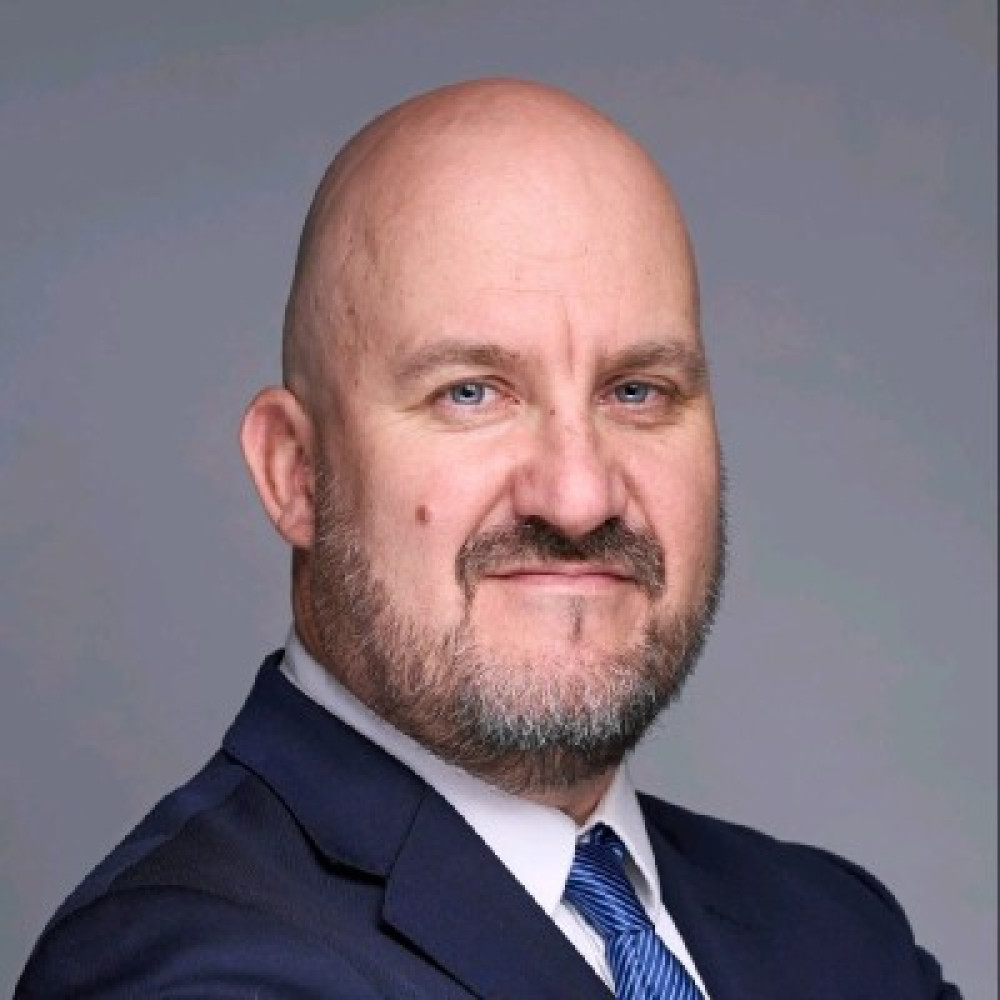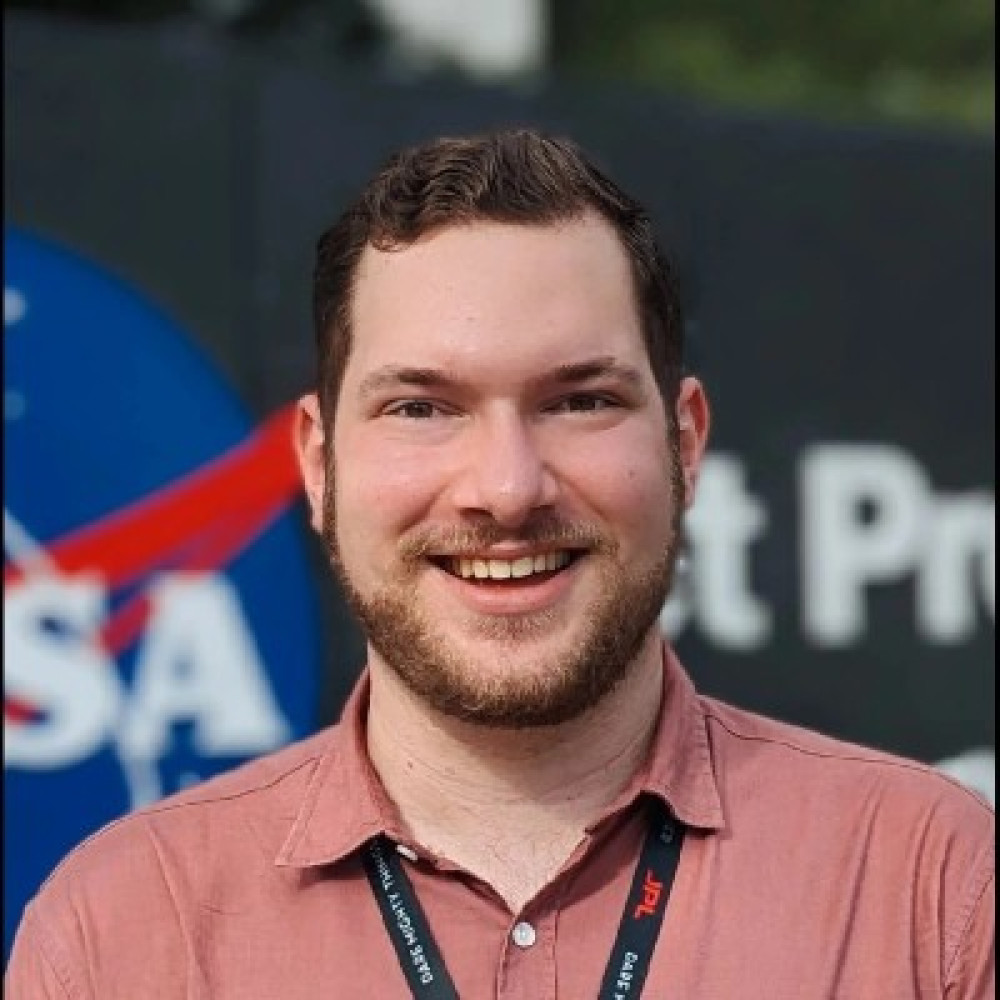From star power to subsurface smarts, next-gen tech is helping explorers drill less, discover more, and finally see what’s really beneath their feet


, , , , , , , , , , , , , , , ,
, , , ,
, , , , , ,
As the global mining industry continues to adapt to shifting expectations around productivity, sustainability, and cost-efficiency, exploration remains one of the most critical—and complex—phases in the mining life cycle. Finding tomorrow’s deposits requires not just luck or persistence, but increasingly, a strategic embrace of cutting-edge technology.
This was the clear takeaway from the recent Austmine Webinar: Next-Gen Mining Exploration, the first in a six-part series spotlighting innovation across the mining value chain. Hosted by Austmine’s national membership team leader, Sam Tsakisiris, the session brought together five leading voices from across the METS sector to showcase technologies that are redefining how exploration teams target, map, and analyse the subsurface.
What united the presentations was a shared mission: to reduce uncertainty, de-risk early-stage projects, and streamline decision-making using smarter, more integrated tools.
Imaging the Invisible with Cosmic Ray Muons
For many attendees, one of the most striking concepts came from Kim Lawrence, chief experience officer at Ideon

Technologies. Based in Vancouver, Ideon is pioneering the use of muon tomography, a novel technique that uses subatomic particles created by exploding stars to map the Earth's subsurface.
“What we’re trying to do is solve the geological uncertainty problem,” Kim explained. “Uncertainty is the dominant driver of cost, risk, and delay in mining—especially during exploration.”
Muon tomography works by placing detectors in boreholes or underground workings to capture the passage of cosmic ray muons, particles that constantly rain down on the Earth from space. These particles interact with rock in predictable ways: they lose energy more quickly when travelling through denser materials.
“It’s like a medical X-ray,” said Kim. “Except instead of imaging a broken arm, we’re imaging millions of cubic metres of Earth, non-invasively, and in 3D.”
The potential impact is huge. In a case study at Vale’s Creighton Mine in Canada, Ideon used four detectors over six months to image a two-square-kilometre area, identifying potential remnant mineralisation and historic workings with precision equivalent to 500 drill holes.
“We’re helping teams drill for validation, not discovery,” said Kim. “That means less drilling, lower environmental impact, and faster targeting.”
Guiding the Machines Behind the Mission
Another step-change in exploration workflows came from Adnan Arslanagic, business development manager at Ultimate Positioning Group (UPG), who introduced the GuidEx system—an advanced machine guidance platform co-developed with Trimble and tested in partnership with Rio Tinto.
“GuidEx is an end-to-end solution built specifically for exploration and resource development,” said Adnan. “It gives you full visibility and control, from data preparation to compliance reporting.”
The system integrates field-ready hardware (including ruggedised modems, Starlink for remote connectivity, and high-precision GPS) with software that supports 3D visualisation, fleet tracking, and real-time data analytics. At its core is a shared digital environment where both in-house teams and contractors can access and interact with a single source of operational truth.
Operators in the field can navigate to drill targets, record as-drilled positions, associate samples, and manage construction tasks—all while automatically tracking activities like pad clearing or equipment idling with time and geolocation stamps.
“Everything is recorded—what was done, when, and where,” said Adnan. “That gives you confidence in your data, proof of compliance, and the ability to assess performance and efficiency in real time.”
GuidEx is already in use across tier-one and tier-two mining companies in Australia and is expanding into North and Latin America.
Unifying Geological Data at Scale

For many companies, the biggest barrier to smarter exploration isn’t hardware—it’s data fragmentation. Fabian Kohlmann, managing director of Lithodat, addressed this challenge head-on.
“Exploration data lives in silos,” said Fabian. “On disks, in PDFs, in spreadsheets, or buried in legacy systems—and every team has their own formats and standards.”
Lithodat’s platform brings all this geoscientific data together in one place, providing a fast, intuitive interface for users to filter, visualise, and analyse geochemistry, geochronology, and structural data in real time.
The system supports open APIs, integrates with tools like Leapfrog, IOgas, and Seequent, and includes tools for IGSN minting—a method for creating digital twins of physical samples, ensuring traceability and eliminating duplication.
“You can mint sample IDs in the field, take a photo, record metadata, and it’s instantly available to the whole team,” Fabian explained. “Everyone’s working from the same dataset—no more back-and-forth or version control issues.”
One standout feature is Lithodat’s ability to perform live spatial analysis. Users can draw areas on the map, apply real-time filters, run interpolations, or rewind geological time using plate reconstruction tools—all inside a browser.
“We’ve made it easy to combine geochemistry with geology, mineralisation, and tectonics—so you can move from raw data to actionable insight in seconds,” Fabian said.
Navigating the Depths Without GPS
Exploration often pushes into environments where satellite signals falter: underground mines, dense forests, or remote

mountainous terrain. That’s where Matthew Suntup, senior application engineer at Advanced Navigation, sees opportunity.
“GPS isn’t always available, especially underground,” said Matthew. “But navigation and positioning data is critical for safety, fleet coordination, and automation.”
Advanced Navigation specialises in high-precision inertial navigation systems (INS) that combine accelerometers, gyroscopes, and proprietary algorithms to calculate real-time position, orientation, and velocity—even without GNSS signals.
“We’ve developed a fibre-optic gyroscope called Boreas, and we’re also rolling out a new laser velocity sensor,” said Matthew. “These technologies allow us to navigate with centimetre-level accuracy—even underground and in real time.”
He highlighted a recent trial with BHP at Finland’s Callio mine, where Advanced Navigation demonstrated fully autonomous underground navigation over long distances—without GPS or fixed infrastructure.
“It’s a game-changer,” he said. “We can maintain continuous positional accuracy, which opens the door to autonomous drilling, tele-remote operations, and more efficient fleet management.”
A Connected Platform for Smarter Decisions
Rounding out the session was Kathryn Gall, director of mining and metals at Seequent, who outlined how the company’s new platform, Seequent Evo, helps geoscientists unlock value from data across the full exploration workflow.

“Exploration teams are capturing more data than ever before—but it's scattered, inconsistent, and hard to trust,” said Kathryn. “That leads to slower decisions, missed targets, and wasted spend.”
Evo provides a cloud-based, centralised environment for storing, visualising, and analysing geoscience data. It includes features like 3D geospatial search, interactive workspaces, and APIs for integrating machine learning and external tools.
“Think of it like checking out a book from the library,” Kathryn said. “Each project area has its own workspace, where all related data is grouped, versioned, and available to collaborate on—across disciplines and time zones.”
Kathryn also introduced Driver, an application within Evo that uses unsupervised machine learning to identify local spatial trends in drilling data.
“Driver finds dominant directions of continuity in your dataset—basically helping you see your deposit geometry more clearly, and improving your implicit models,” she said.
Combined with BlockSync, a cloud-native block model management tool, the platform is designed to provide exploration leaders with a dynamic, portfolio-level view of their projects and assets.
A Shared Future of Smarter Exploration
The common thread linking each presentation was the need to make better decisions—faster and with less waste.
Whether through data standardisation, real-time navigation, subsurface imaging, or machine-guided precision, the technologies showcased are part of a larger shift toward evidence-driven exploration.
“Exploration has always involved risk,” said Kathryn. “But your decisions don’t have to be risky.”
Kim put it even more succinctly: “There’s a muon going through your head every second—we just found a way to use them.”
With rising costs, deeper targets, and increasing scrutiny on environmental and social impacts, the next generation of exploration won’t just dig deeper—it will think smarter.
